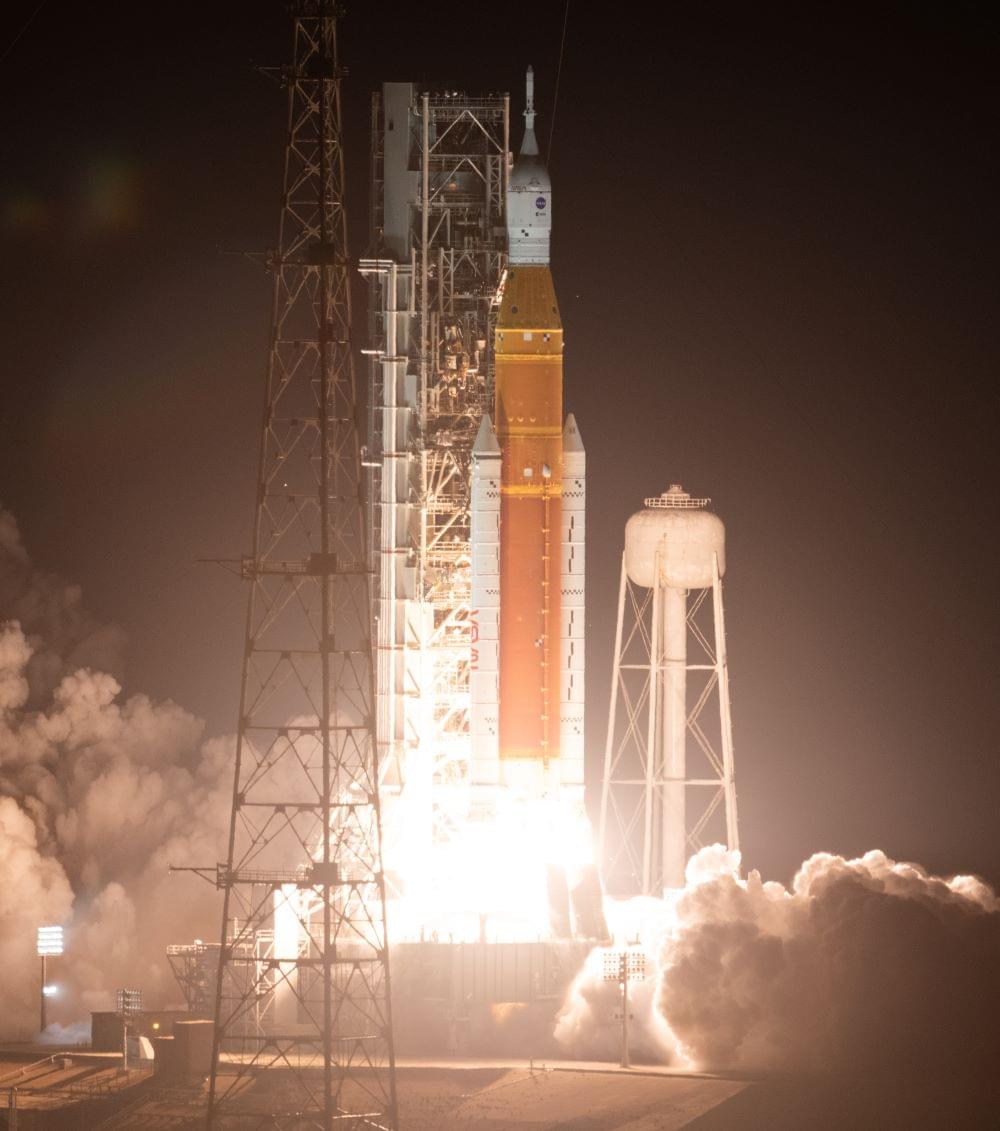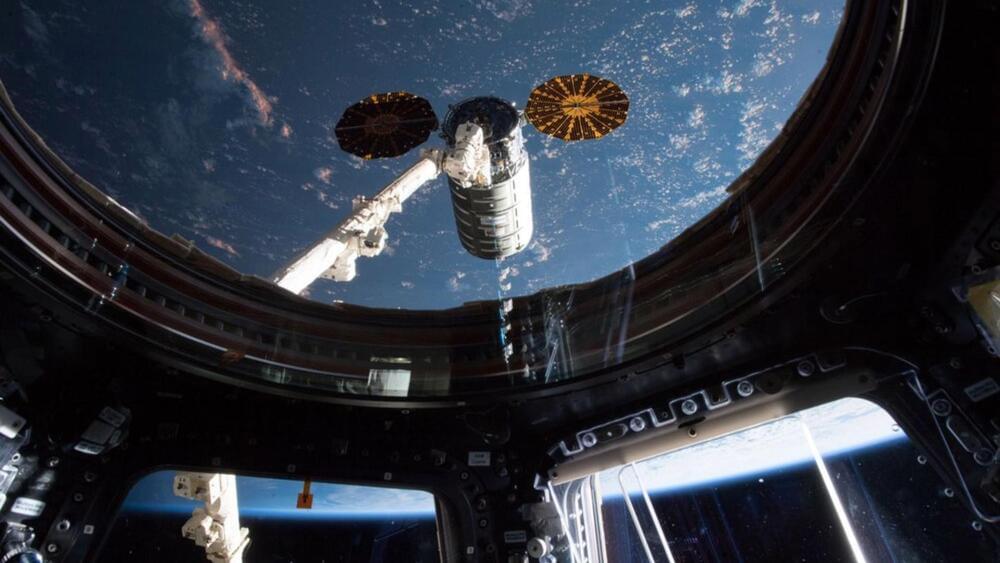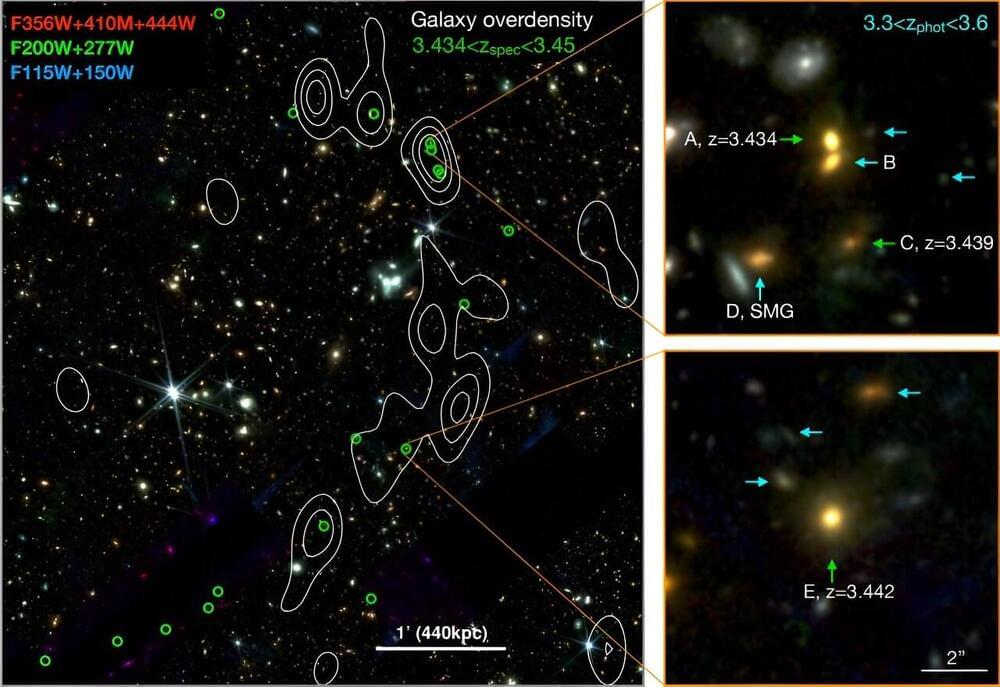One year ago today, NASA’s Artemis I mission with its Orion spacecraft lifted off into the heavens and towards the Moon on its maiden flight aboard the mighty Space Launch System (SLS) at 1:47 am EST from historic Launch Complex 39B at NASA’s Kennedy Space Center in Florida. The goal of the uncrewed mission was to conduct a shakedown of all systems and subsystems prior to crewed missions to the Moon and kicked off a new era in human spaceflight as no humans have ventured beyond low-Earth orbit since Apollo 17 in 1972.
Image of NASA’s Artemis I aboard the Space Launch System lifting off from historic Launch Complex 39B at NASA’s Kennedy Space Center on November 16, 2023 at 1:47 a.m. EST. (Credit: NASA/Joel Kowsky)
Traveling a total of 1.3 million miles (2.1 million kilometers) during its achieved mission time of 25 days, 10 hours, and 53 minutes, Orion conducted two flybys of our nearest celestial neighbor, with its closest approach to the lunar surface occurring on December 5 at 79.5 miles (128 kilometers). Additionally, Orion broke the record for the farthest distance from Earth by an Earth-returning human-rated spacecraft by traveling almost 270,000 miles (435,000 kilometers), which surpassed the previous record of 248,655 miles (400,171 kilometers) conducted by Apollo 13 in 1970.








